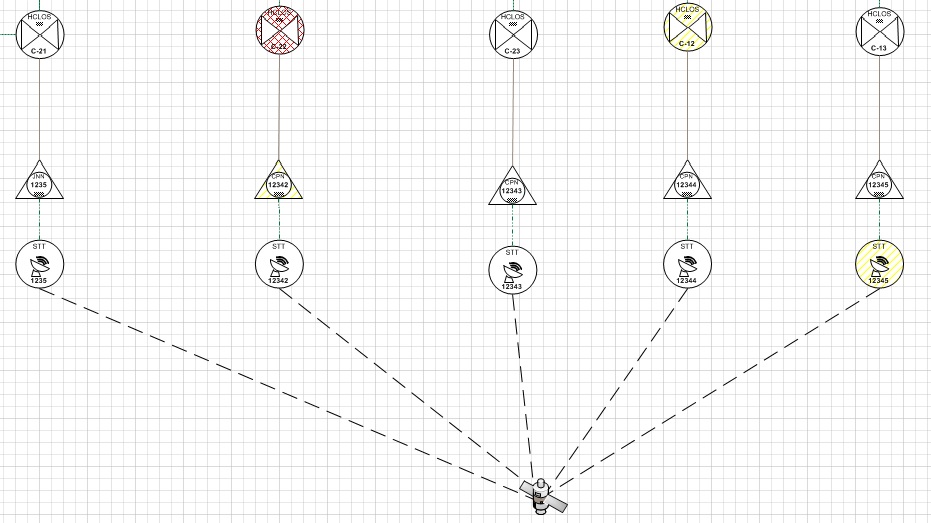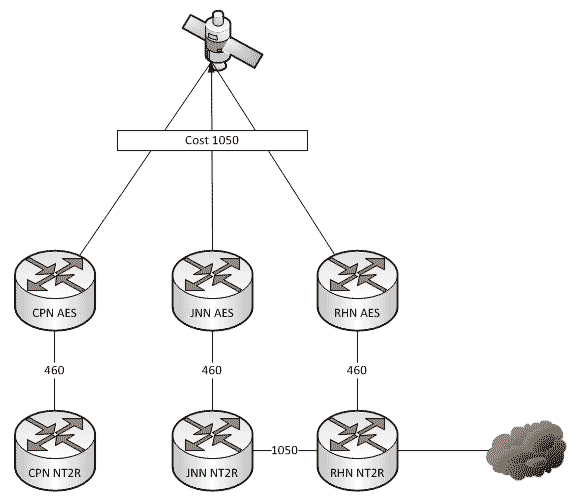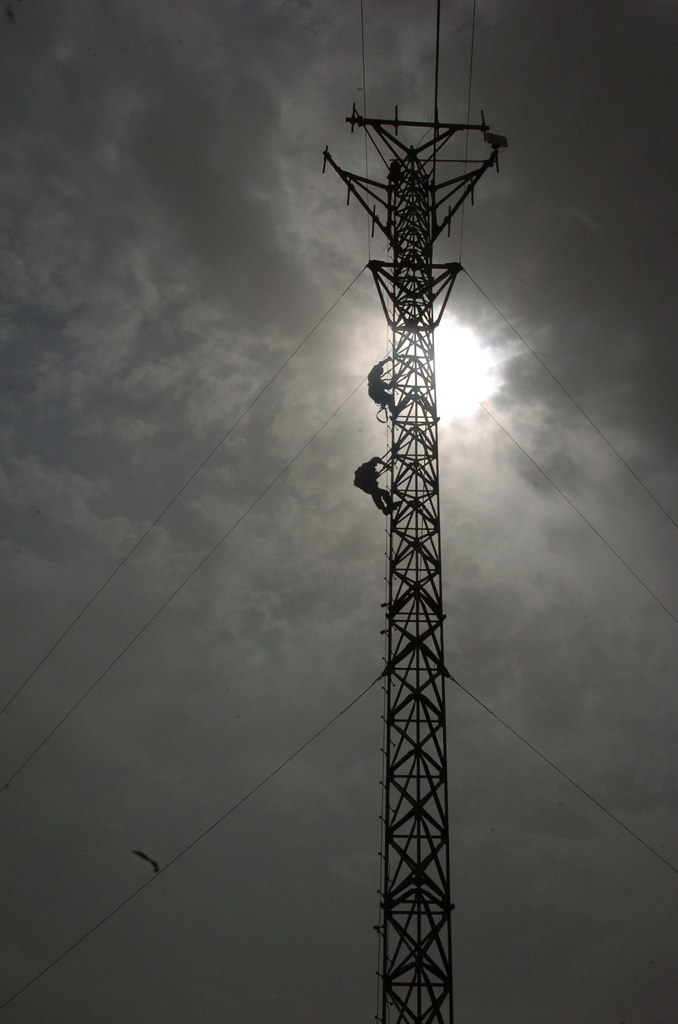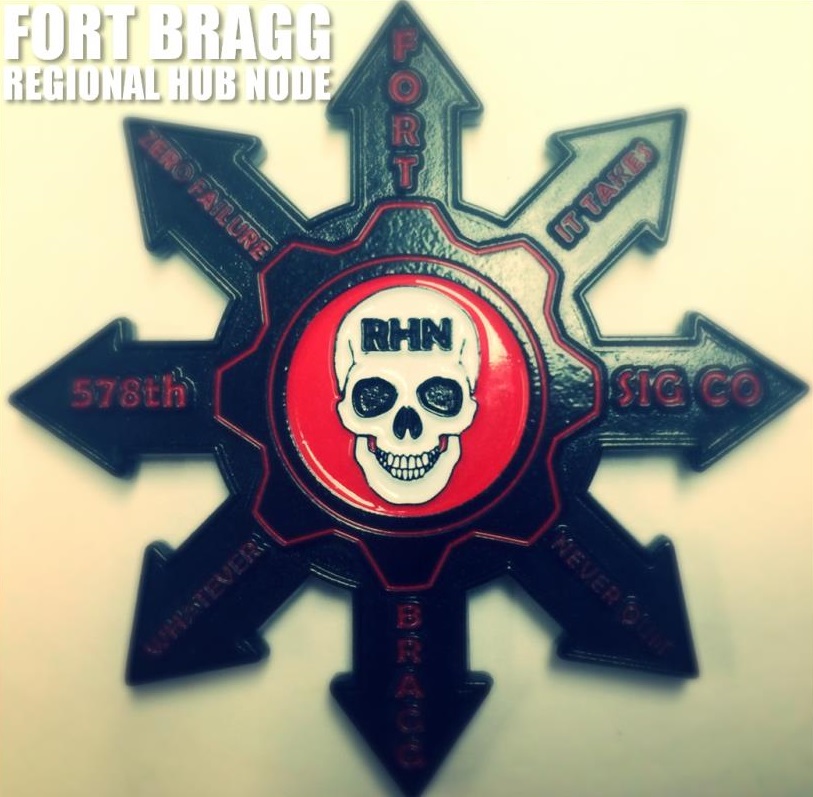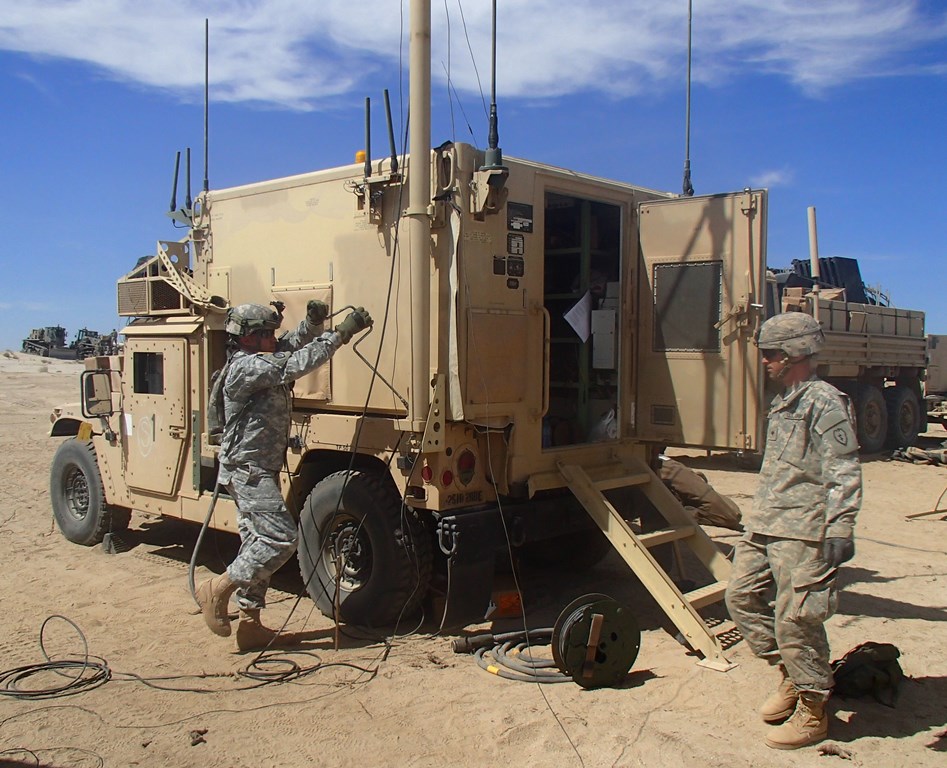By and large I personally think that most of us are much more comfortable with layer three than any other layer in the OSI model. We deal with it each and every day. We have a number of tools at our disposal which make it very easy for us to see if/when it’s working and just how the data is traveling. To start with though, we have to know just how things are supposed to work.
Cisco Discovery Protocol (CDP)
When there is a problem with the network, time matters. We need to be able to quickly move from device to device in order to identify and rectify the problem. In order for this to occur, we have to know where to go to next, and how to get there.
Shapes for Visio Diagrams
As I’ve stated in previous posts, an accurate network diagram can be really important when it comes to troubleshooting and managing the network. In order for a diagram to be of use to us, we have to maintain it which means that we update it every time the network changes. Another important part of a network diagram, is that it uses recognized symbols to depict what it is trying to show. ADRP 1-02 (Terms and Military Symbols) does a great job of providing us with standardized symbols for units of various sizes, terrain features, and even many pieces of equipment, but almost nothing to symbolize current day military communications equipment.
Which Way Do I Go SIPR Edition (Changing Routing)
A couple of weeks ago we talked about what affect changes to our network can have when we add HCLOS and other links between nodes. In that article, we talked exclusively about NIPR traffic going across the network and didn’t mention anything about SIPR. So what happens with our SIPR traffic if we install a HCLOS link?
Orders, Suggestions, and Good Ideas
Have you ever told a unit that you needed them to do something, only for them to completely blow you off? Since its formation, the Army has operated under as an organization of order. We as warrant officers have to learn to utilize the orders process to enable us to successfully manage the network.
Have you seen my image disk?
Imagine this. Your brigade is part of a Corps level task force preparing to move into an allied country to push out an invading Army. The unit has been on site for several weeks and is just waiting for the order to attack. One day you get a call from one of your battalions informing you that their SIPR call manager has crashed and that they will need to reimage the system. You reach into your box of CD/DVDs to find the call manager disks and discover that you don’t have it…..FML
From the Foxhole – The Fort Bragg RHN
The Bragg Regional Hub Node (RHN) is one of five RHNs in the world. The RHN is a critical component in the Warfighter Information Network Tactical (WIN-T) architecture and has significantly evolved over the past three to four years, meeting the ‘needs and requirements’ of the ever growing and developing WIN-T program. Regional Hub Nodes are an integral part of the network architecture and provide critical support for all three Army components and the Marines.
Whose Got Your Backup?
I think that most in the military would agree that there has to be someone in charge. Who that person is may well change for a variety of situations, but there is always someone that is in charge. From a command perspective it is the Commander followed normally by his deputy. From a mission command perspective it is normally the TOC (or Main) followed by the TAC. From a network perspective it is NETOPS followed by….



